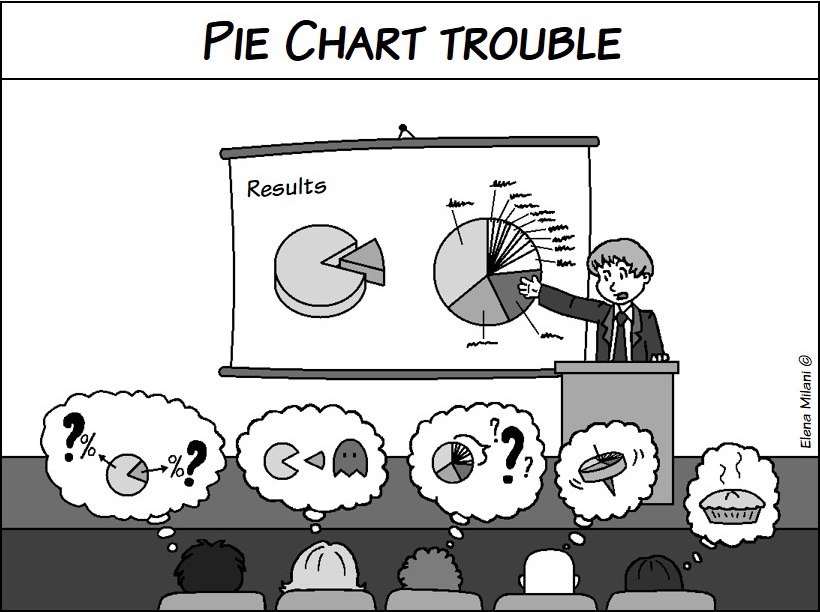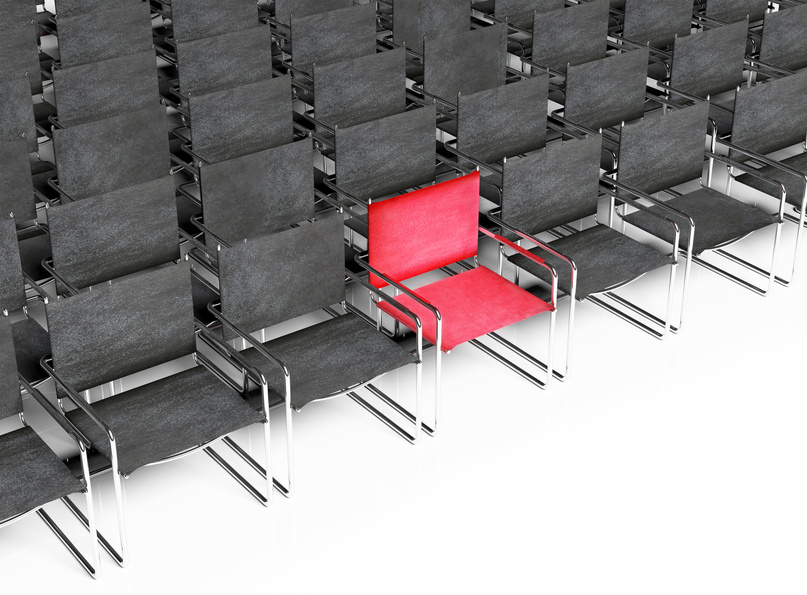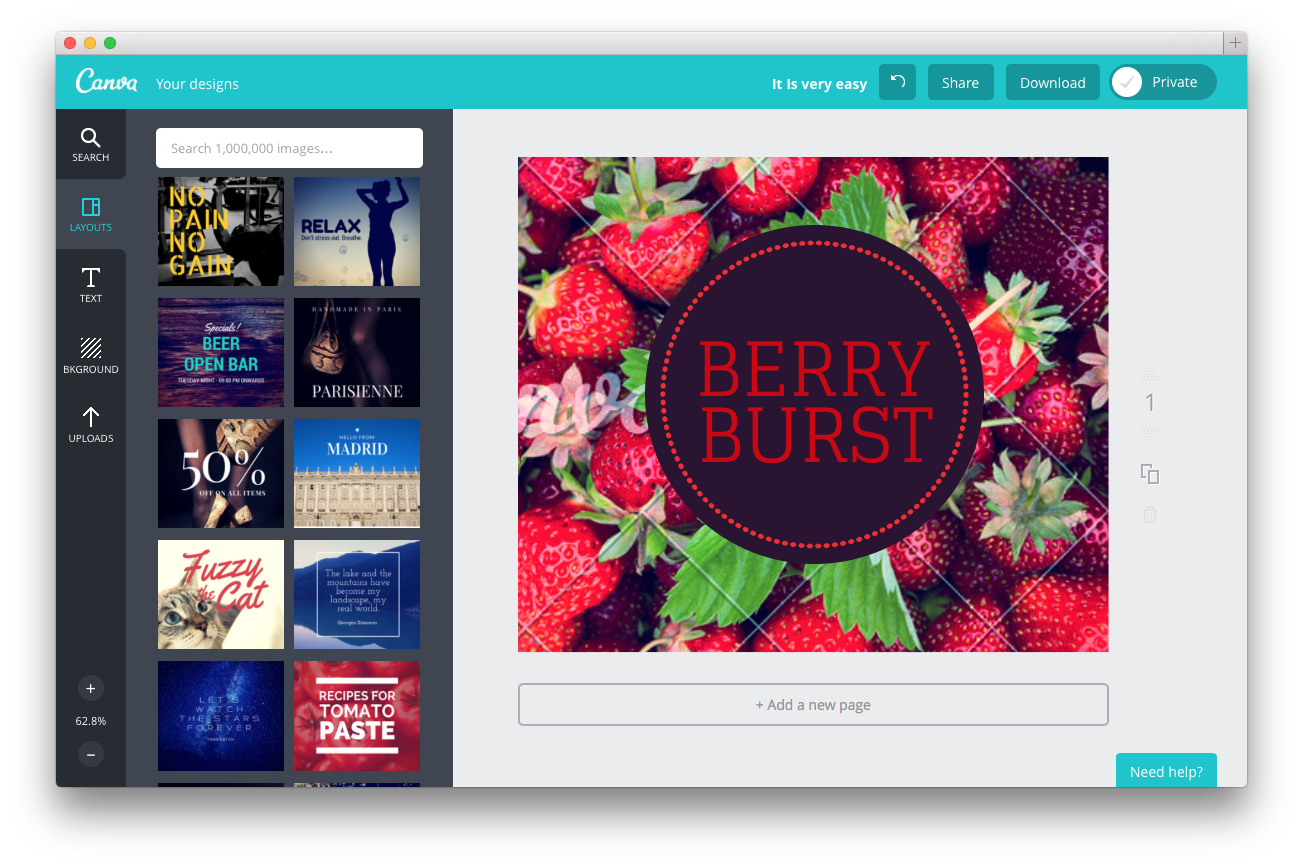
Designing better graphs, part 2: Bar charts — simple but effective
In science, engineering and health communication data are often displayed through charts. The choice of the graphic form is far from rigid. For example, to show a percentage one can use both a pie chart and a bar chart. The choice depends on…

Designing better graphs, part 1: Pie charts—popular but sometimes unclear
This is the first of a three part tutorial where Elena Milani (@biomug on Twitter), a science communicator with a neurobiology background, gives some advice on how to use graphs in a more effective way.

The von Restorff effect
This is a guest post from Crastina’s partner somersault18:24, originally posted on their website.
your audience will remember the unusual
Have a look at the picture above this blog post. That is the von Restorff effect…

Conversation with a Canva Community Outreach Specialist
Canva – a web tool for creating graphics – has a very interesting social media strategy, where they put special Community Outreach Specialists to work.

5 TIPS #2: How to succeed as a fact-seeking interviewer
How do you get to hear really interesting stuff when you’re gathering facts, experience and opinion during an interview for an article, report, etc? By establishing trust between you and the interviewee!

New biweekly pdf article format: 5 TIPS
Starting tomorrow, I will publish a biweekly article with communication tips at LinkedIn. Being very eager to get started, I have decided to create a preview edition for the Crastina readers.

Reddit: a quickstart kit for science people
The social news website Reddit is becoming more and more influential. With the help of Reddit's director of communication, Victoria Taylor, we will try to explain the scope of the service, how it is useful for scientists and how you should get started.

